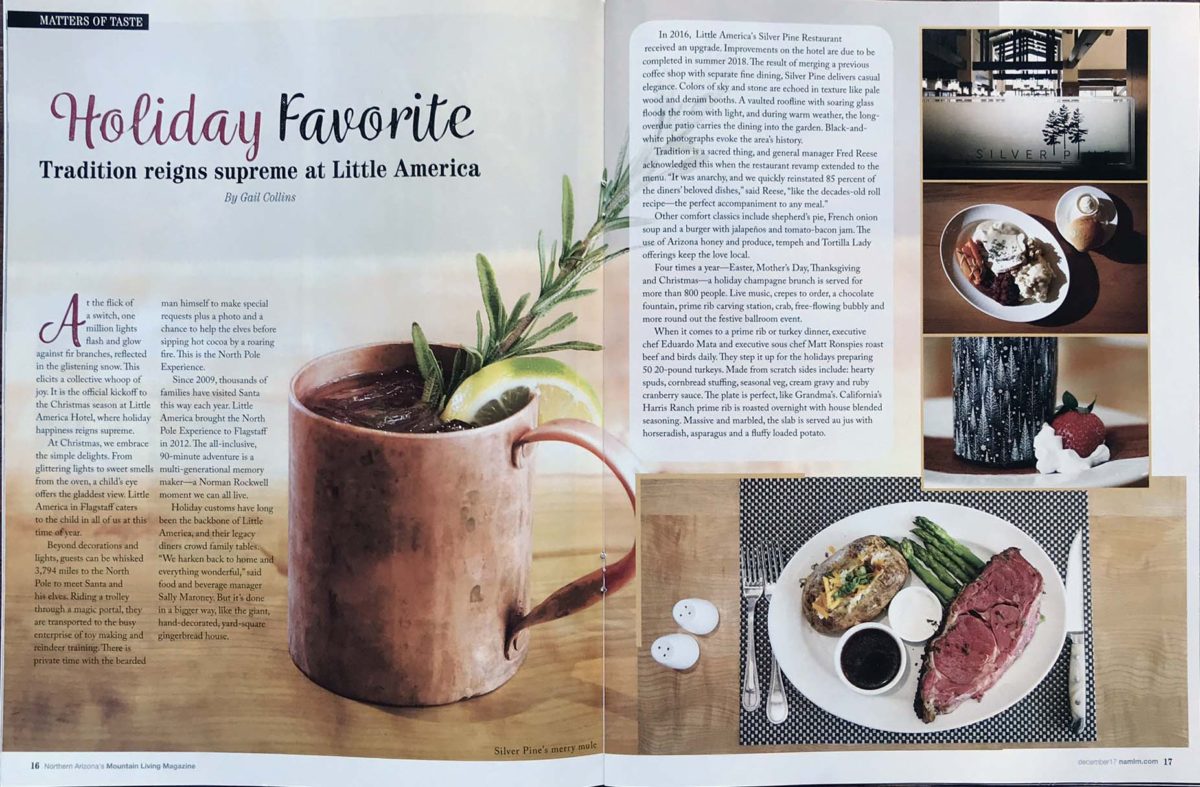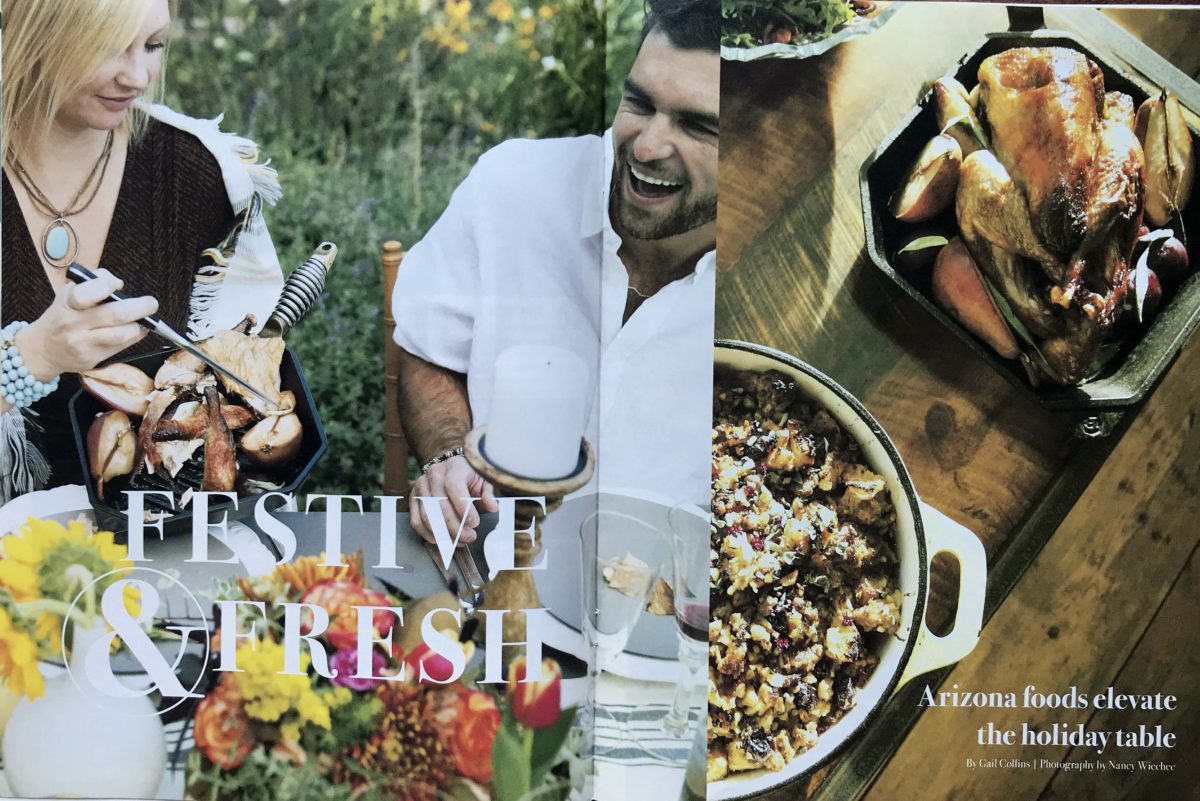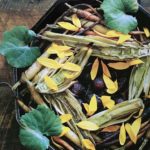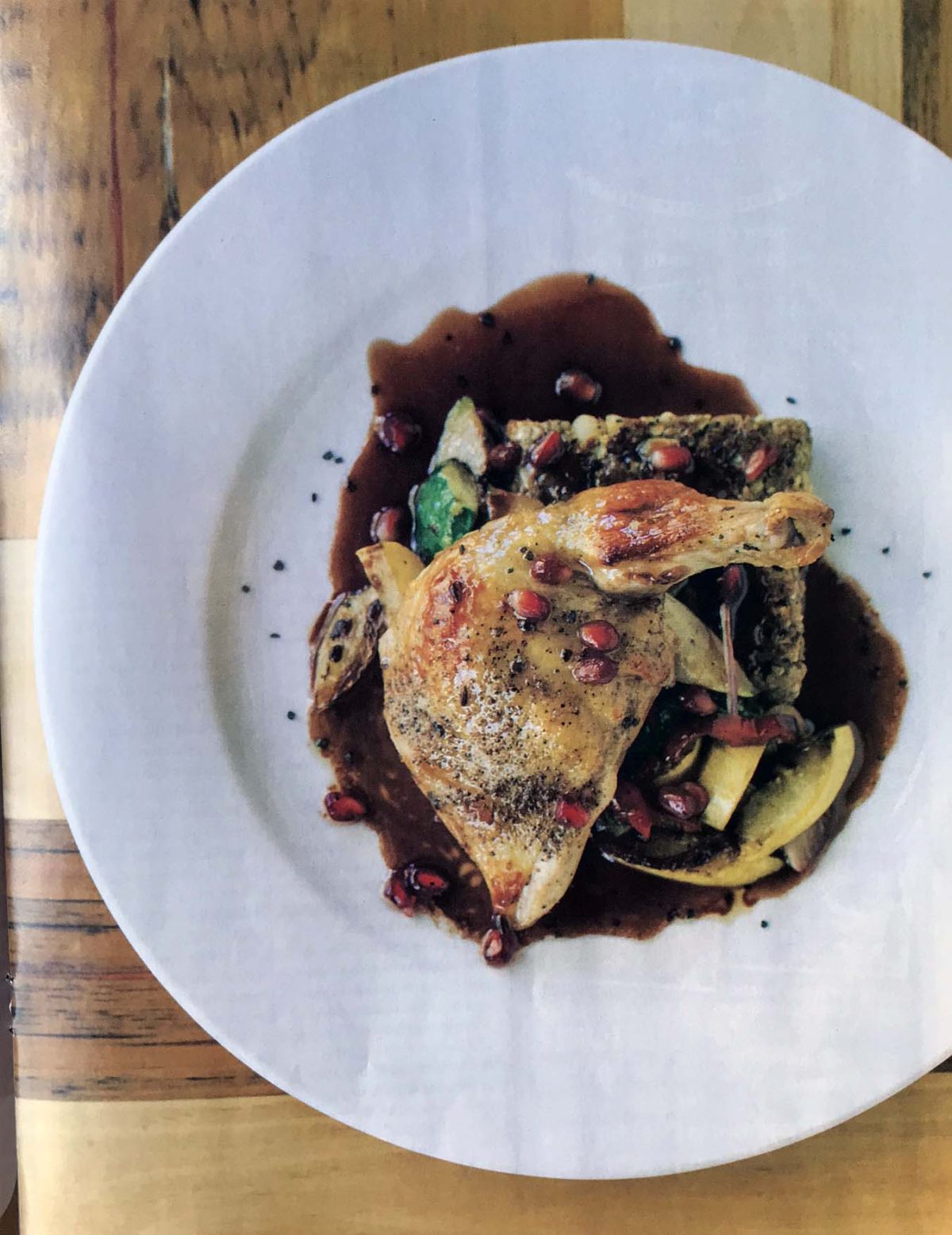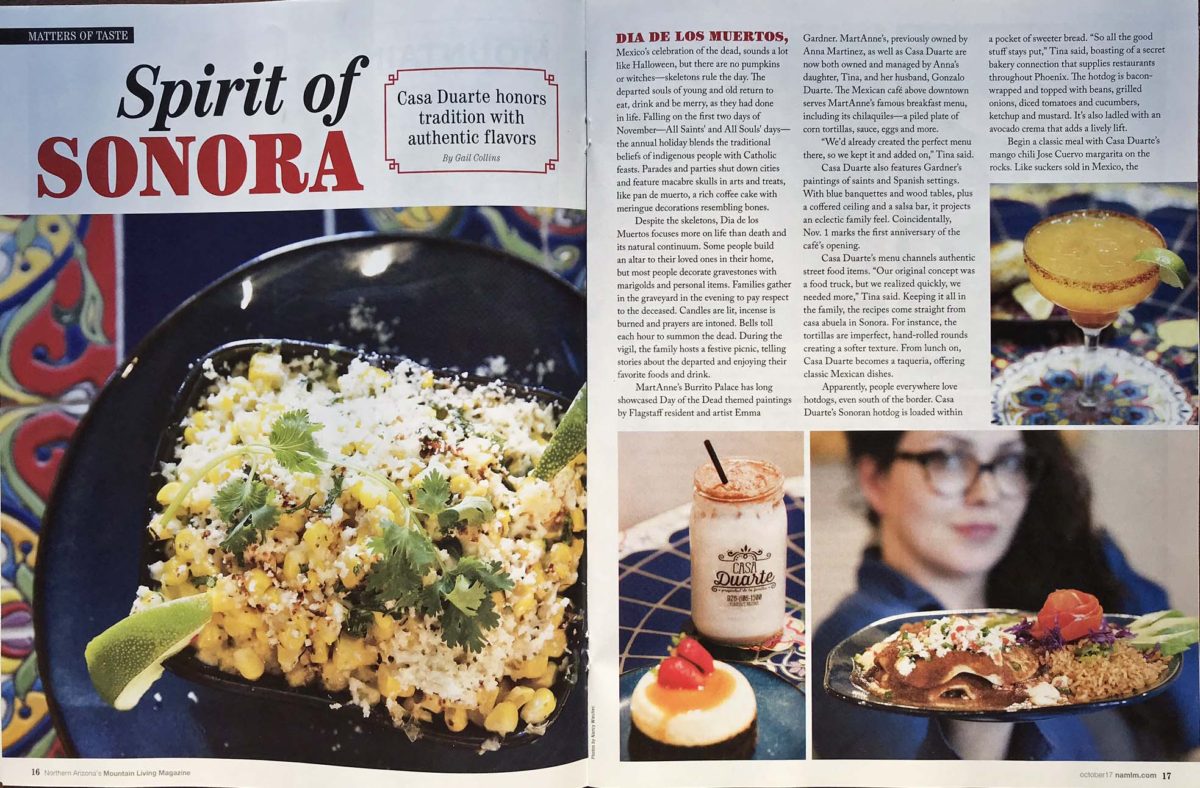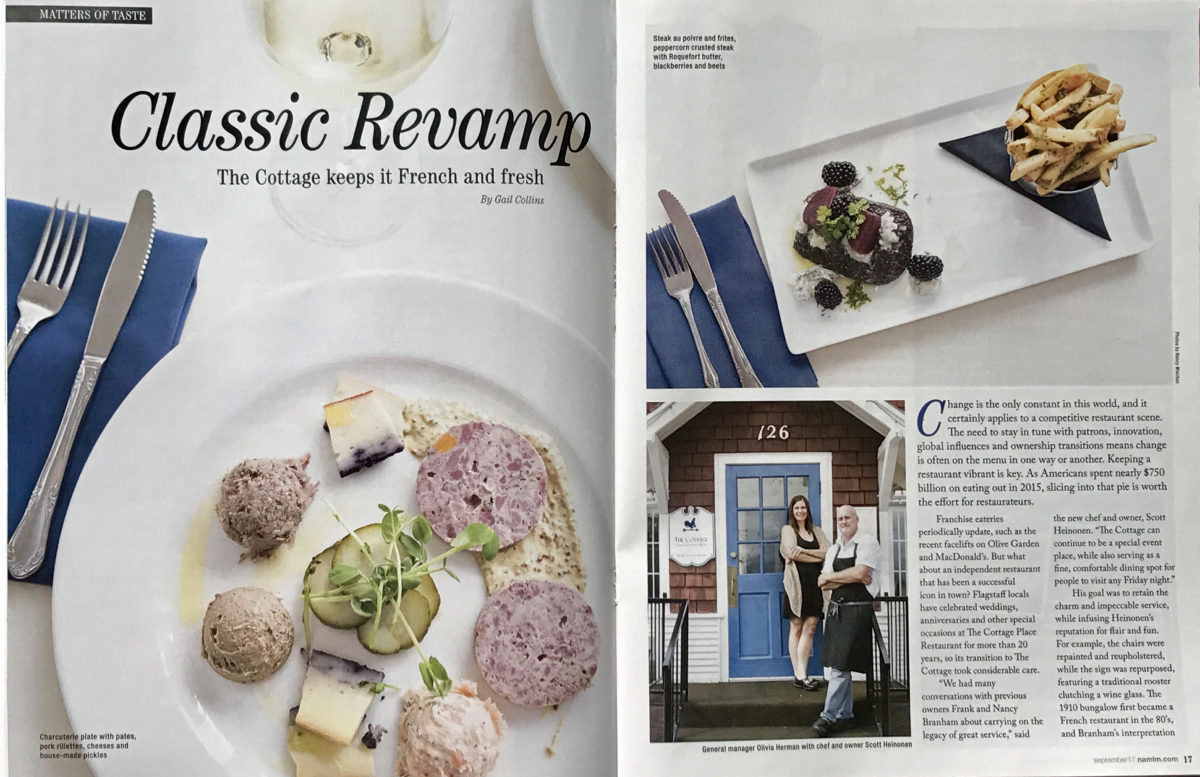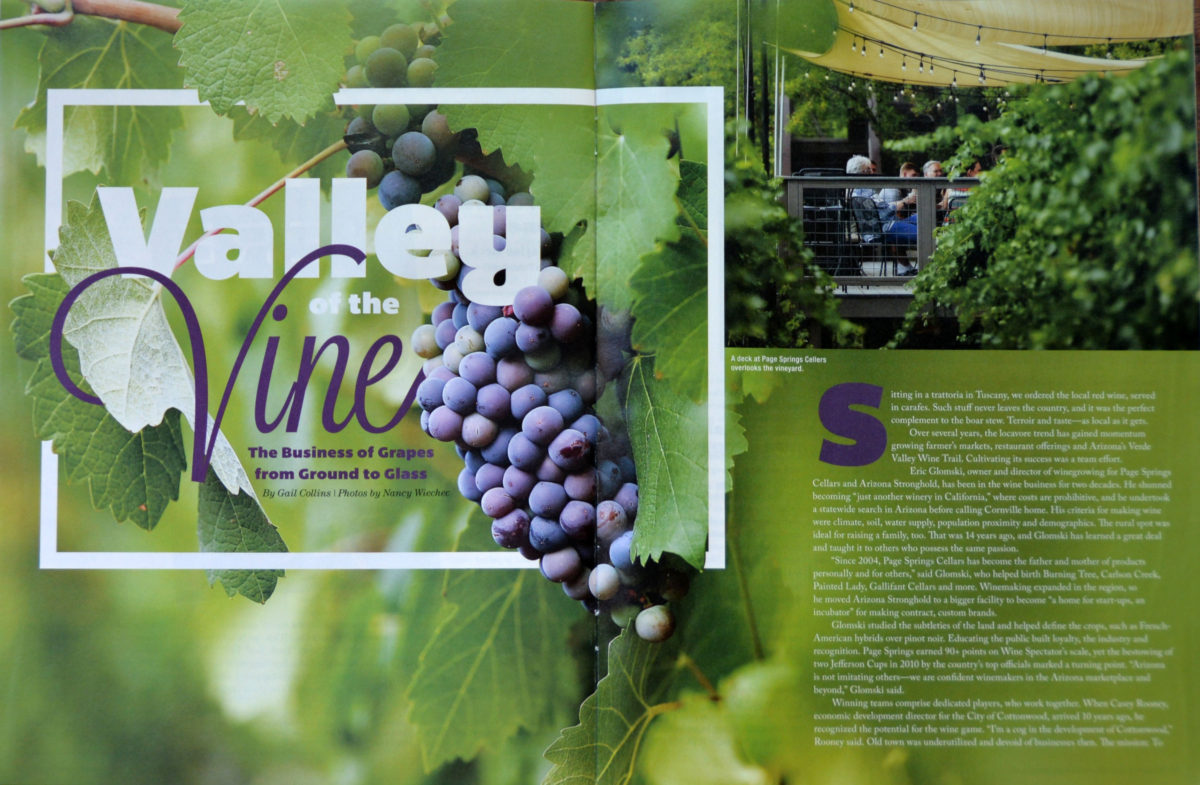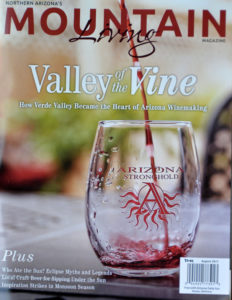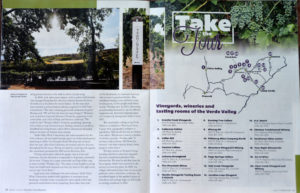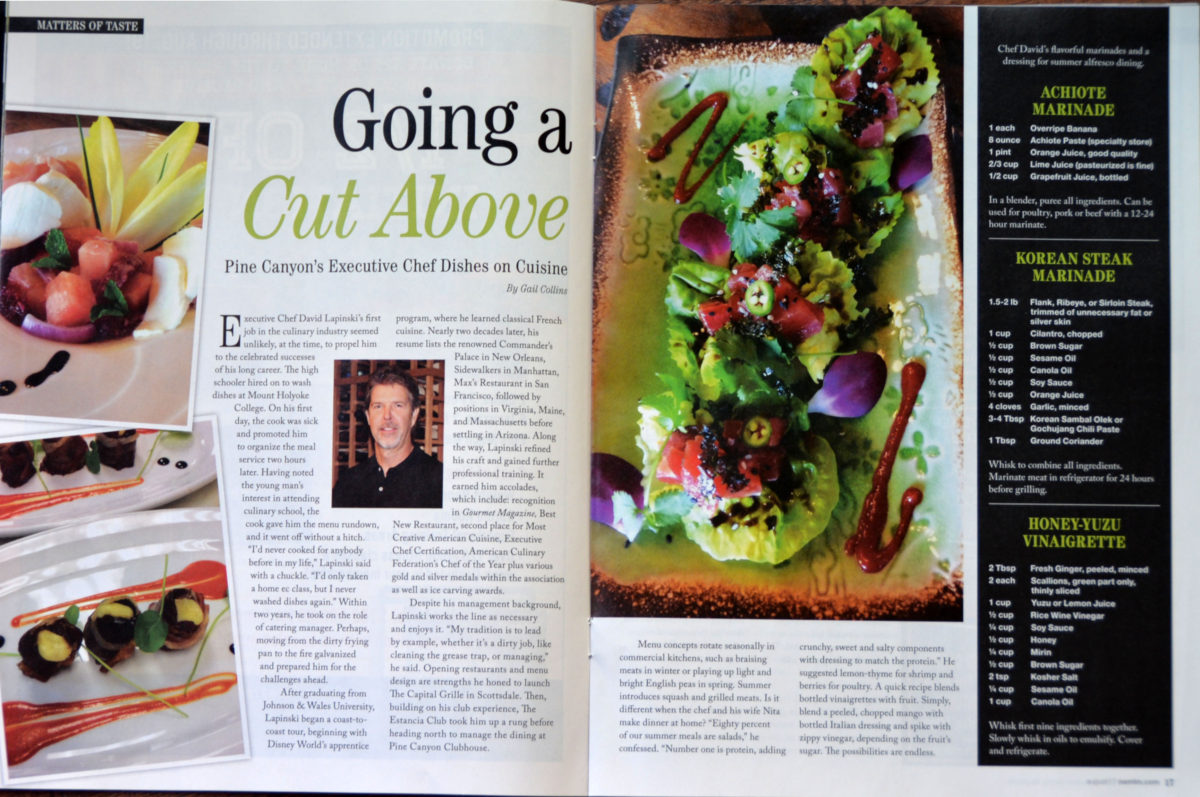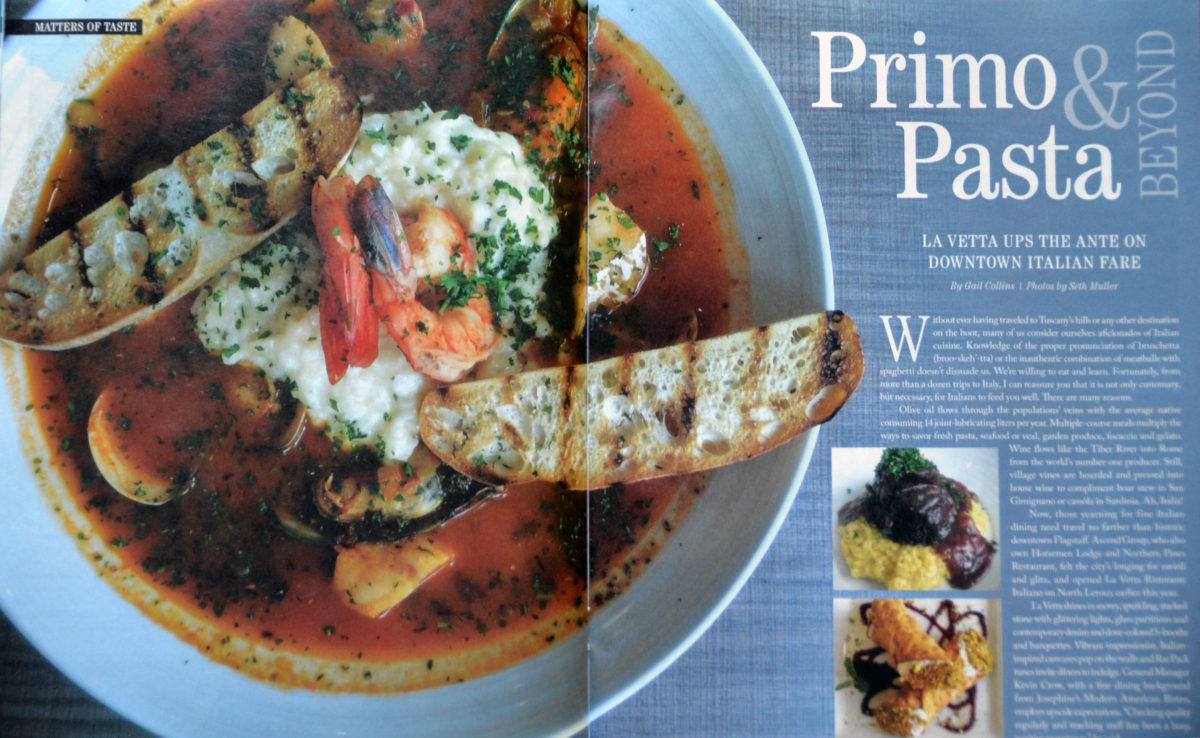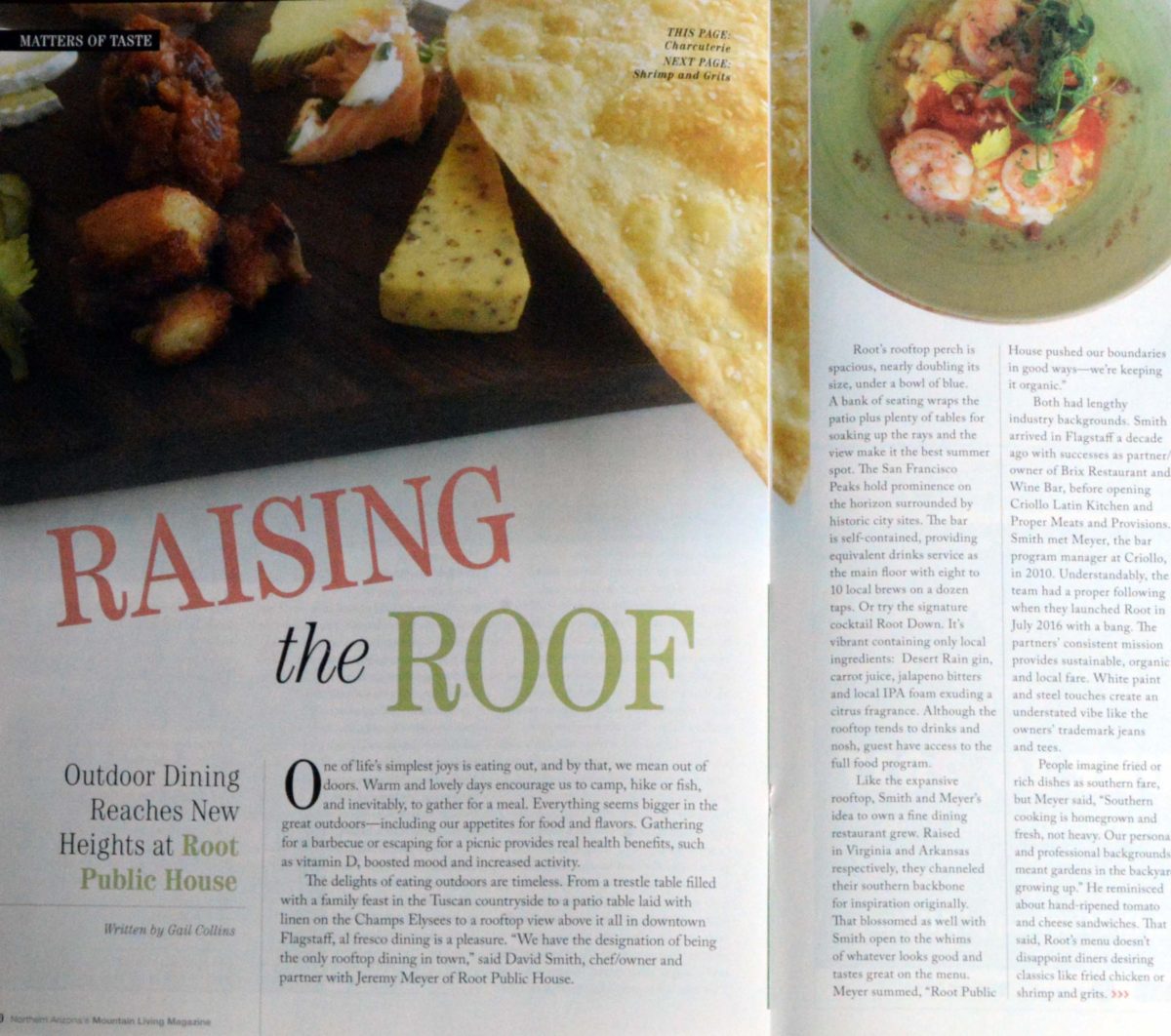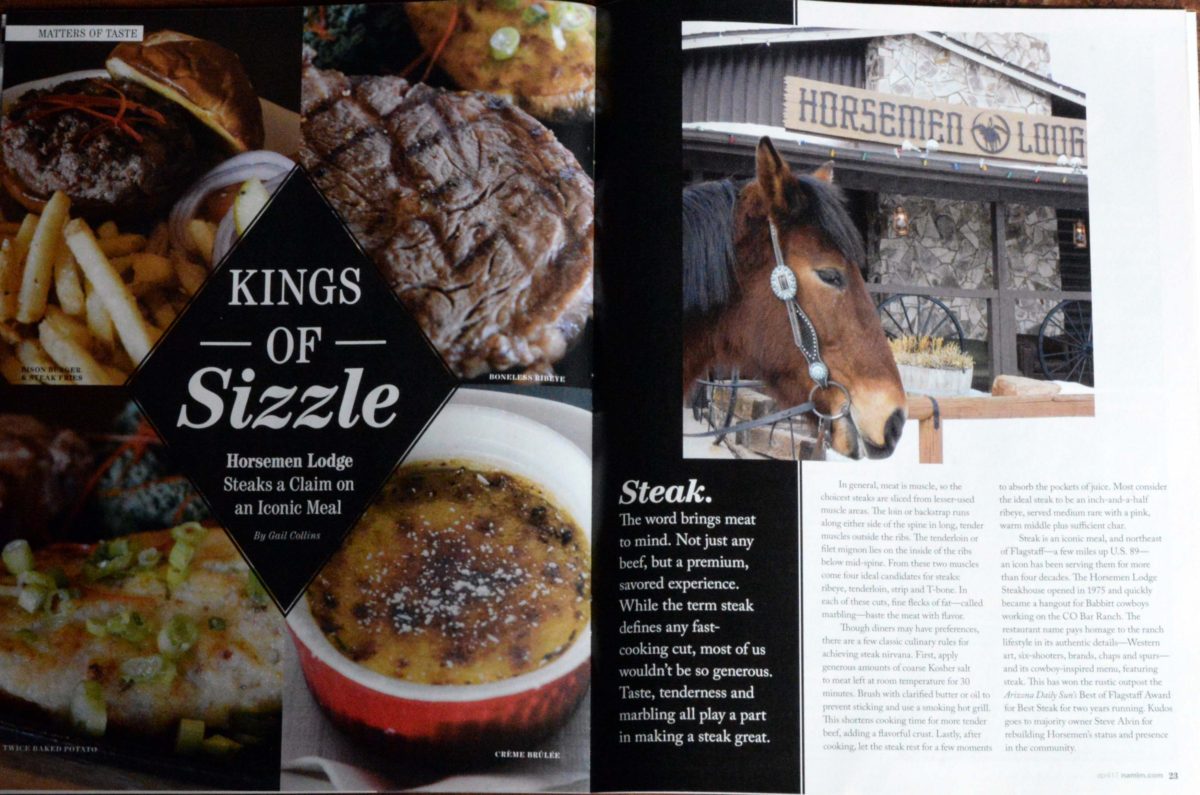At the flick of a switch, one million lights flash and glow against fir branches, reflected in the glistening snow. This elicits a collective whoop of joy. It is the official kick off to the Christmas season at Little America in Flagstaff where holiday happiness reigns supreme.
At Christmas, we embrace the simple delights. From glittering lights to sweet smells from the oven, a child’s eye offers the gladdest view. Little America caters to the child in all of us a this time of year.
Beyond decorations and lights, guests can be whisked 3,794 miles to the North Pole to meet Santa and his elves. Riding a trolley through a magic portal, they are transported to the busy enterprise of toy-making and reindeer training. There is private time with bearded man himself to make special requests plus a photo and a chance to help the elves before sipping hot cocoa by a roaring fire. This is the North Pole Experience.
Since 2009, thousands of families have visited Santa this way each year. Little America brought the North Pole Experience to Flagstaff in 2012. The all-inclusive, 90-minute adventure is a multi-generational memory maker—a Norman Rockwell moment we can all live.
Holiday customs have long been the backbone of Little America, and their legacy diners crowd family tables. “We harken back to home and everything wonderful,” said food and beverage manager Sally Maroney. But it’s done in a bigger way, like the giant, hand-decorated, yard-square gingerbread house.
In 2016, Silver Pine Restaurant received an upgrade. Improvements on the hotel are due to be completed in summer 2018. The result of merging the previous coffee shop with separate fine dining, Silver Pine delivers casual elegance. Colors of sky and stone are echoed in texture like pale wood and denim booths. A vaulted roofline with soaring glass floods the room with light, and during warm weather, the long-overdue patio carries the dining into the garden. Black and white photographs evoke the area’s history.
Tradition is a sacred thing, and General Manager Fred Reese acknowledged this when the restaurant revamp extended to the menu. “It was anarchy, and we quickly reinstated 85% of the diners’ beloved dishes,” said Reese, “like the decades-old roll recipe—the perfect accompaniment to any meal.”

